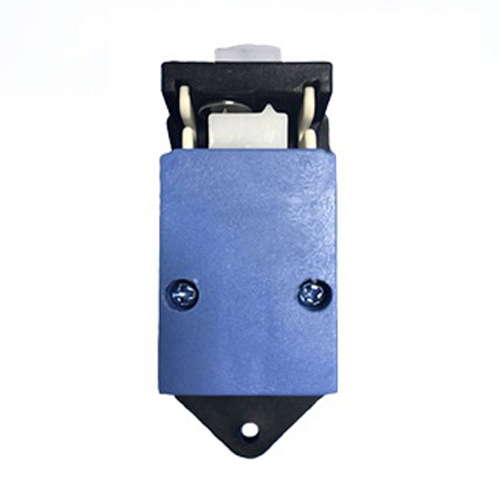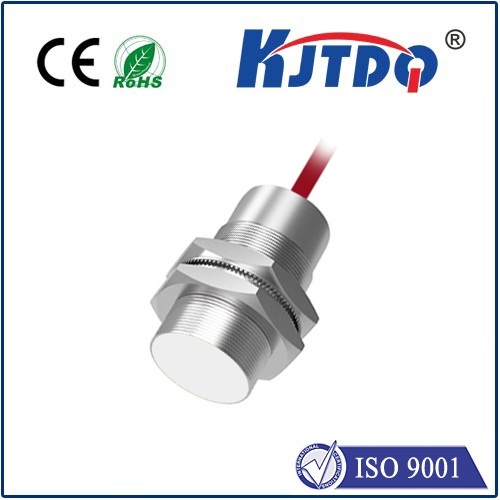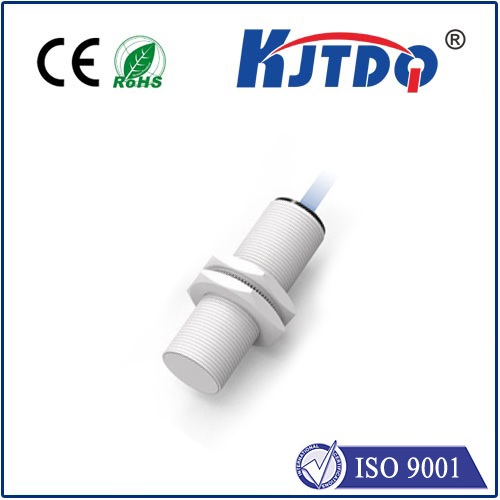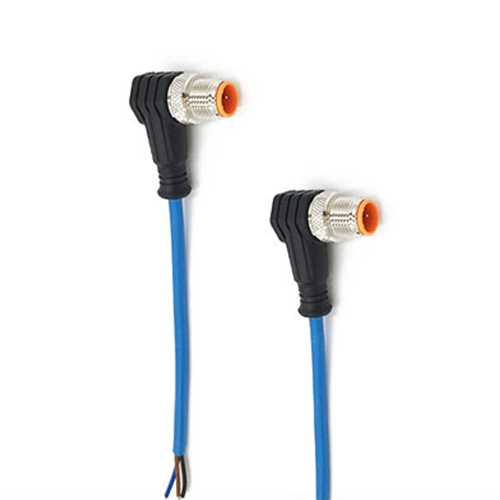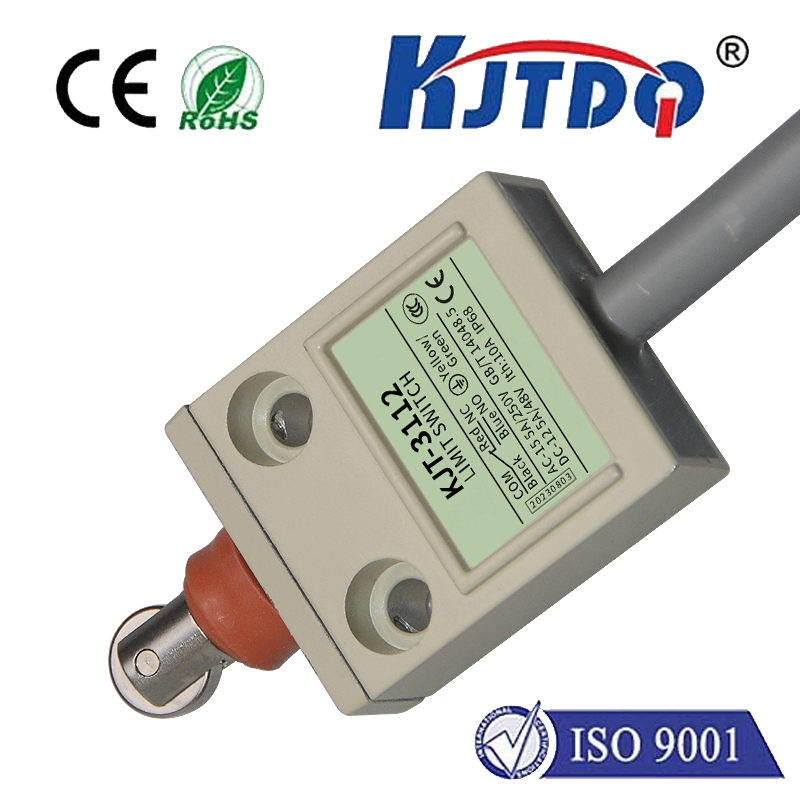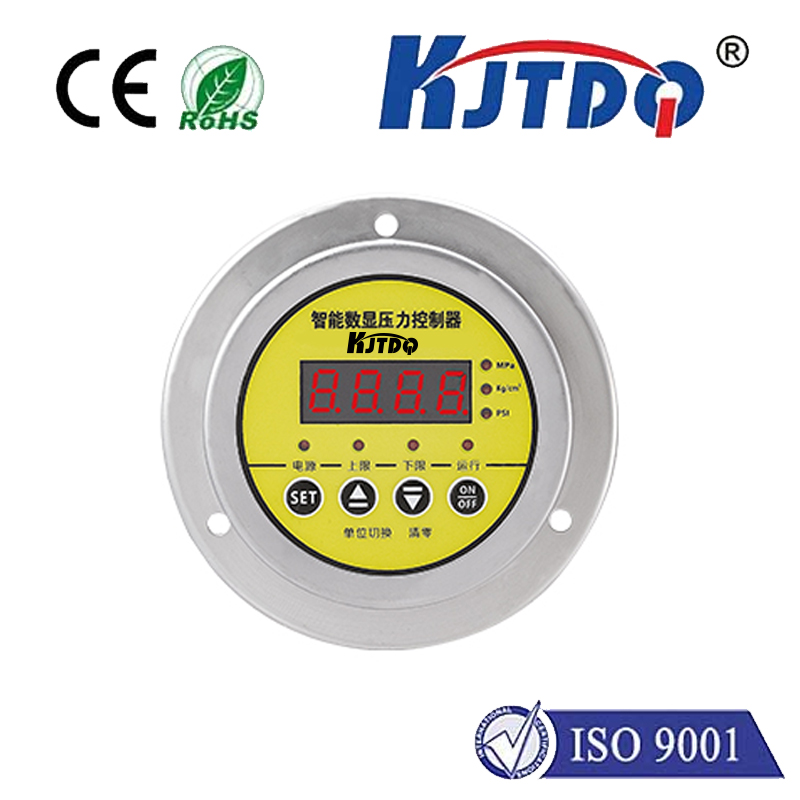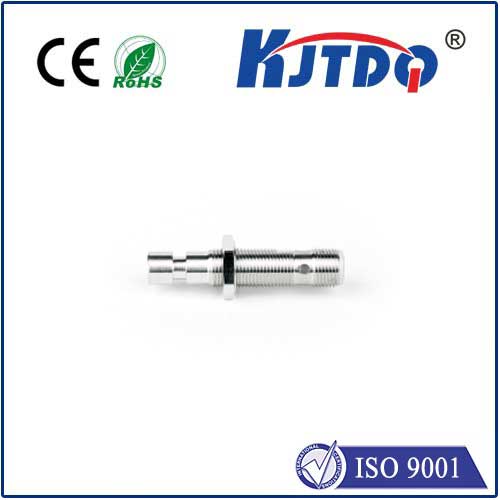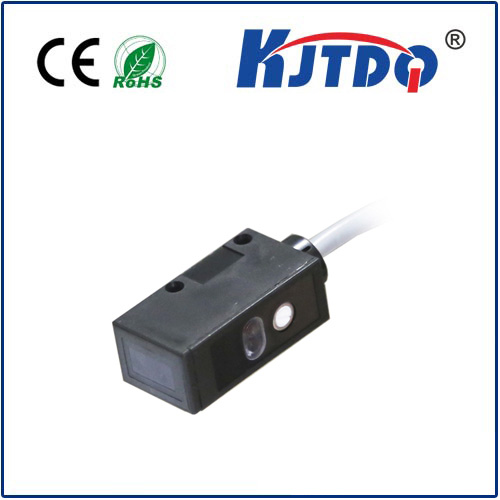proximity sensor robotics
- time:2025-06-24 00:05:12
- Click:0
The Eyes of the Machine: How Proximity Sensors Revolutionize Robotics
Imagine a robot gliding effortlessly through a bustling warehouse, its arms swiftly picking and placing items without colliding with shelves or humans. Or picture a surgical assistant robot moving with micron-level precision within the delicate confines of the human body. At the heart of these feats of autonomy and safety lies a critical, often unseen component: proximity sensors. These sophisticated “eyes” are fundamental in bridging the gap between programmed instructions and the unpredictable real world, transforming how robots perceive and interact with their surroundings.
Understanding the Core: What Are Proximity Sensors?
In essence, proximity sensors are devices that detect the presence, absence, or distance of objects within a certain range without making physical contact. They achieve this by emitting a field or beam (such as electromagnetic, infrared, ultrasonic, or laser) and analyzing the return signal. This non-contact nature makes them ideal for robotics, where avoiding collisions and navigating complex environments are paramount.
Why Robotics Needs Proximity Sensing: More Than Just Avoiding Bumps

While preventing crashes is a primary function, the role of proximity sensors in robotics extends far wider:
- Enhanced Safety, Especially in Human Collaboration: As collaborative robots (cobots) increasingly share workspace with humans, safety becomes non-negotiable. Proximity sensors act as a vital safety layer. They can detect human presence long before contact occurs, allowing the robot to slow down significantly or come to a complete, controlled stop. This is fundamentally different from traditional force-sensing safety skins, which react after contact, preventing injury but potentially disrupting workflow. Proximity sensing enables smoother, more natural, and inherently safer human-robot interaction.
- Precision Navigation and Obstacle Avoidance: From autonomous mobile robots (AMRs) navigating dynamic factory floors to drones flying through forests, proximity sensors provide crucial real-time environmental data. Ultrasonic sensors offer good range for general obstacle detection, while infrared or laser-based sensors (like LiDAR) provide higher precision for detailed mapping and path planning. This capability is essential for robots to operate autonomously in unstructured or changing environments.
- Material Handling and Object Detection: Industrial robots equipped with proximity sensors can accurately detect the presence of parts on a conveyor belt, verify gripper engagement before lifting, or identify specific materials based on their reflectivity or magnetic properties. This ensures reliable pick-and-place operations, reduces errors, and improves overall production line efficiency.
- Refined Control and Interaction: In delicate tasks like assembly, probing, or medical procedures, proximity feedback allows robots to gauge their position relative to a target workpiece or surface with high precision. This enables gentle contact initiation, fine adjustments, and maintaining optimal operational distances.
- Consumer Robotics Functionality: Your domestic robot vacuum cleaner relies heavily on proximity sensing. Cliff-detection sensors (usually infrared) prevent falls down stairs, while bump sensors register physical contact. More advanced models use sophisticated arrays (often combining infrared and laser/optical sensors) to map rooms in detail and navigate complex home layouts flawlessly.
Under the Hood: Key Proximity Sensor Technologies for Robots
Choosing the right sensor depends heavily on the robot’s application, required range, precision, environmental factors, and cost:
- Infrared (IR) Sensors: Common, cost-effective solutions. Work well for short-range detection and obstacle avoidance (like vacuum bumpers) or cliff detection. Performance can be affected by ambient light or highly reflective surfaces.
- Ultrasonic Sensors: Excellent for longer-range detection (up to several meters) and measuring distance to varied surfaces, regardless of color or transparency. Widely used in AGVs/AMRs for obstacle detection. However, they have wider beam angles and can be susceptible to acoustic interference.
- Inductive Sensors: Detect metallic objects only at close range. Crucial in industrial settings for precise positioning of metal parts near robot end-effectors or verifying gripper closure.
- Capacitive Sensors: Detect both metallic and non-metallic objects (liquids, plastics, wood) by sensing changes in an electrostatic field. Useful for presence detection of materials on conveyors or sensing humans.
- Laser Time-of-Flight (ToF) Sensors & LiDAR: Offer high precision and long range for detailed distance measurement and 3D environment mapping. Essential for advanced navigation in autonomous vehicles and complex robots. Represent the high-end of proximity sensing capabilities.
Overcoming Challenges and Future Horizons
While indispensable, proximity sensing isn’t without its challenges. Complex environments can cause false positives or negatives (e.g., IR struggling with sunlight, ultrasonic with soft fabrics). Sensor fusion – combining data from multiple sensor types (like IR, ultrasonic, and cameras) – is a key strategy to overcome individual limitations and create a more robust and comprehensive understanding of the environment.
The future is exceptionally bright, driven by several exciting trends:
- Greater Miniaturization: Smaller, more power-efficient sensors enable integration into smaller robots and more compact end-effectors.
- Increased Intelligence at the Sensor Edge: Sensors with built-in processing capabilities can perform initial filtering and interpretation, reducing computational load on the main robot controller.
- Enhanced Multi-Sensor Fusion & AI: Advanced algorithms and AI will dramatically improve how robots interpret combined sensor data, enabling more sophisticated contextual awareness and predictive behaviors.
- Flexible and Conformal Sensors: Development of sensors that can bend or conform to curved robot surfaces (like safety skins) will provide wider coverage and more seamless integration.
The Indispensable Sensory Layer
Proximity sensors are far more than simple collision detectors; they are a foundational sensory layer enabling robot autonomy, precision, and crucially, safety. As robotics continues its trajectory into more demanding and collaborative roles – from factory floors and operating rooms to our homes and beyond – the sophistication, reliability, and integration of proximity sensing technology will only become more critical. They are the silent guardians and perceptive guides, empowering machines to operate effectively and safely in our shared world. Investing in the right sensor technology isn’t just about functionality; it’s about unlocking the true potential of robotic systems to perform complex tasks reliably within the intricate dance of the physical environment.






